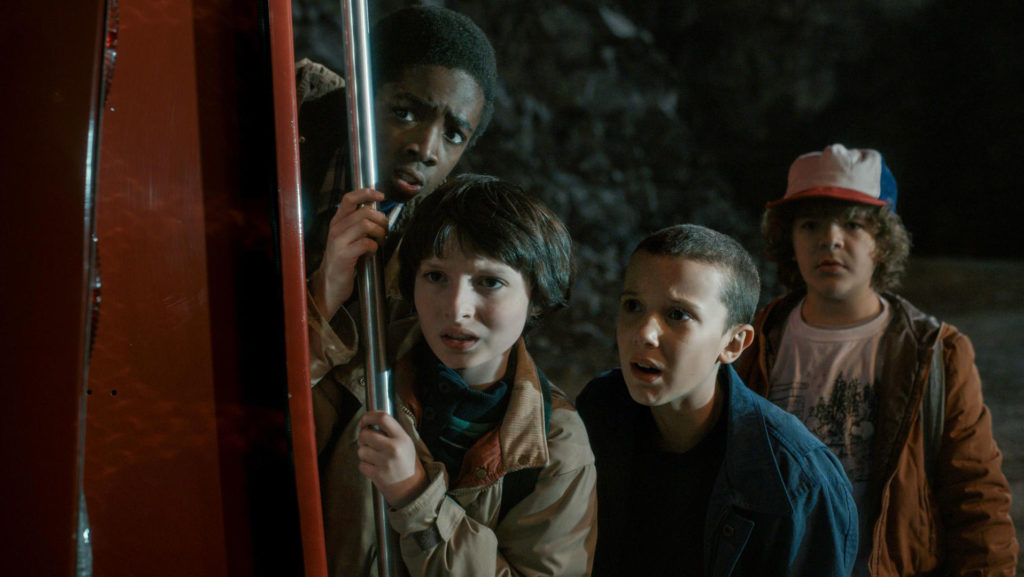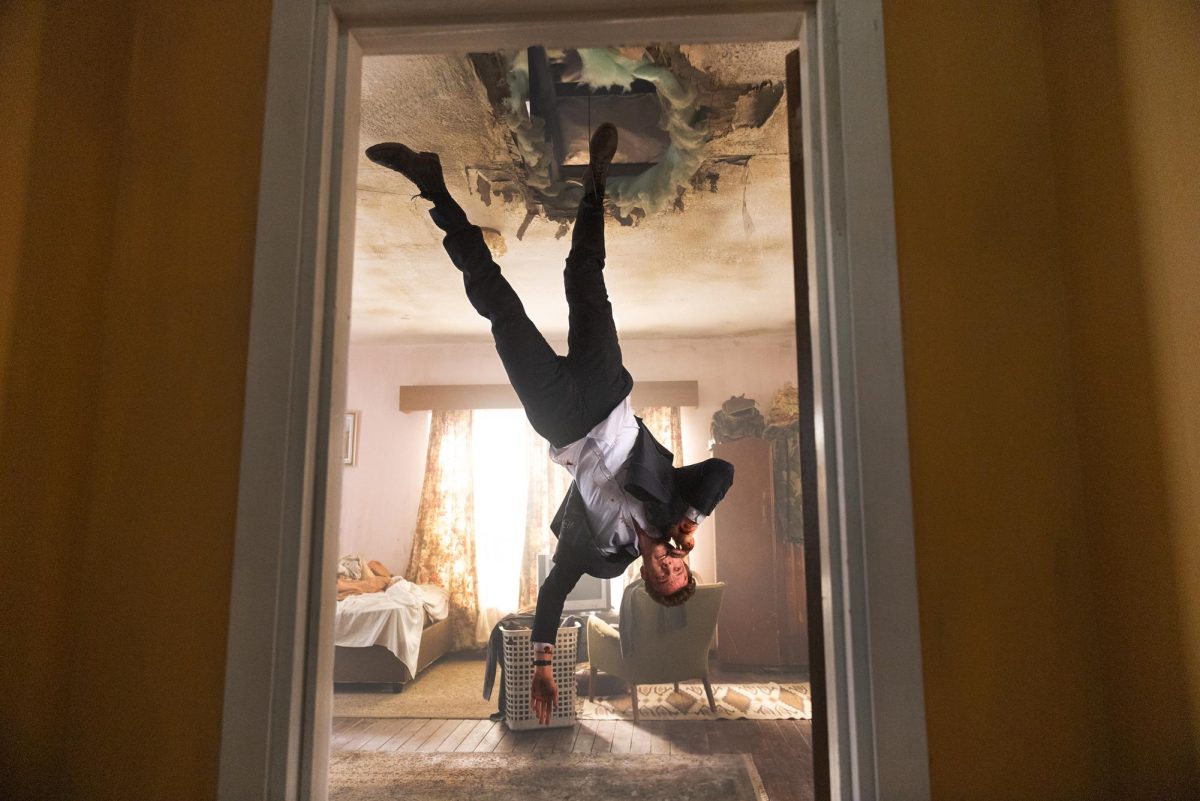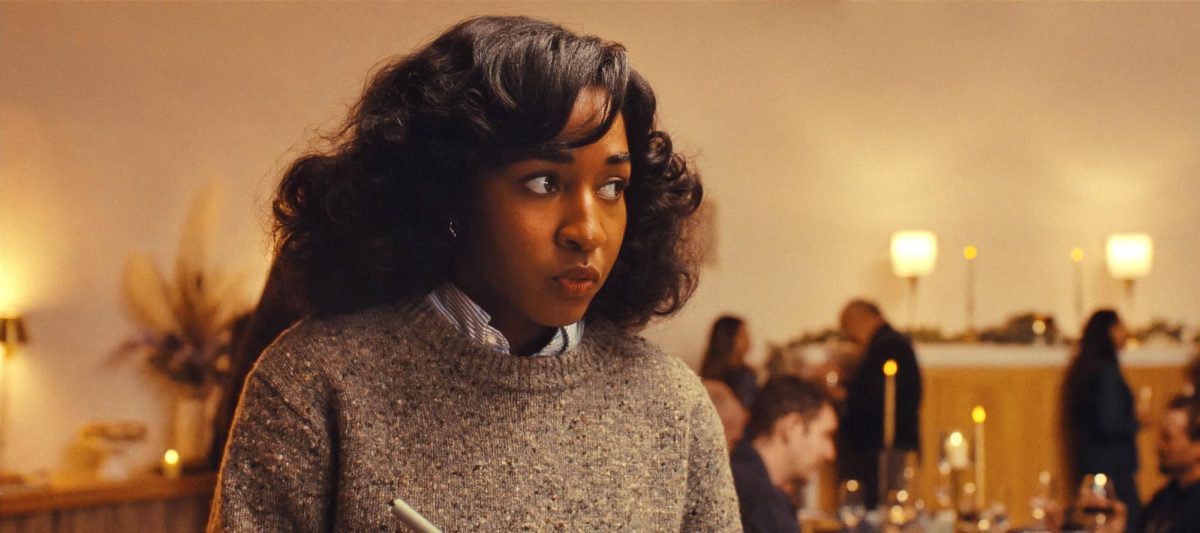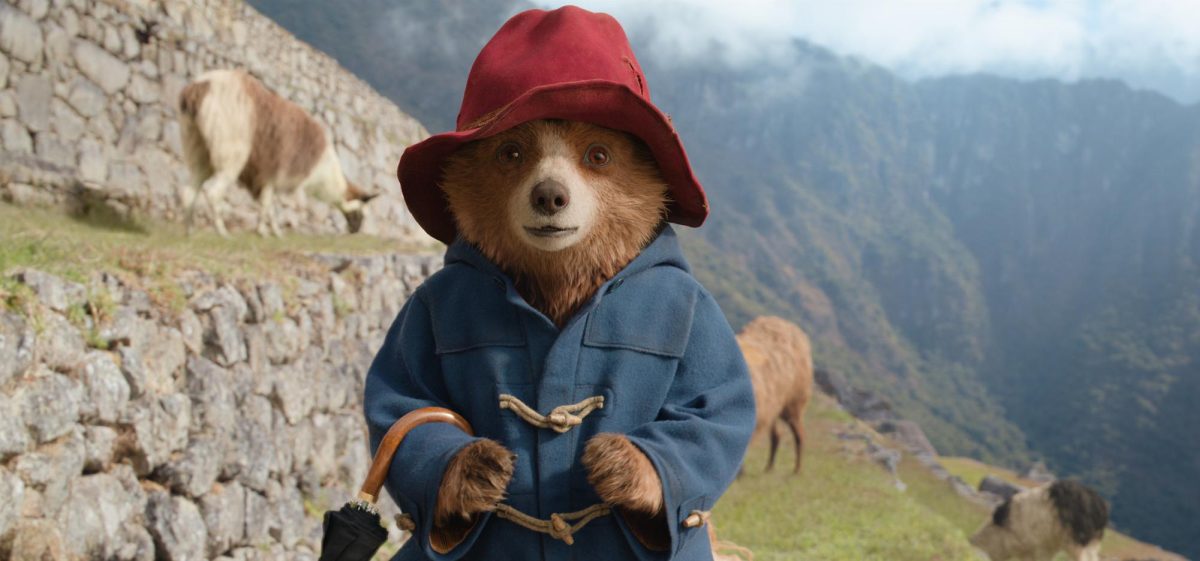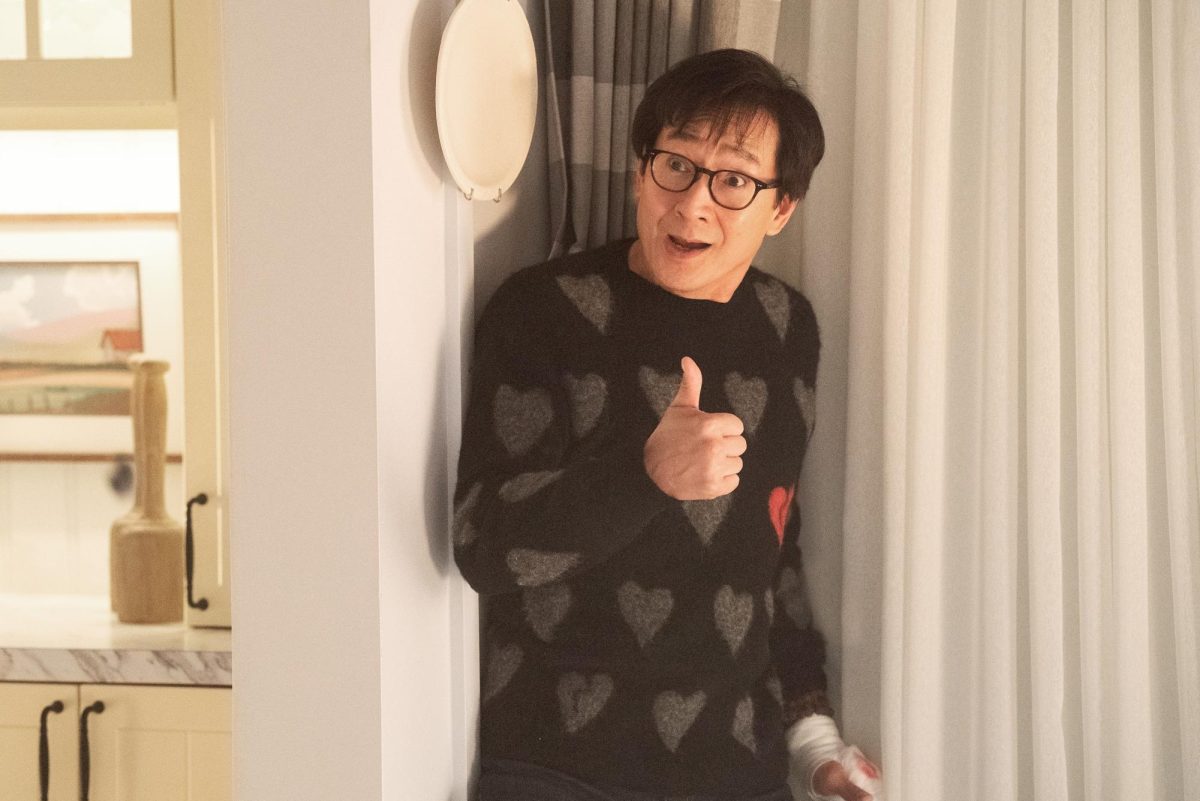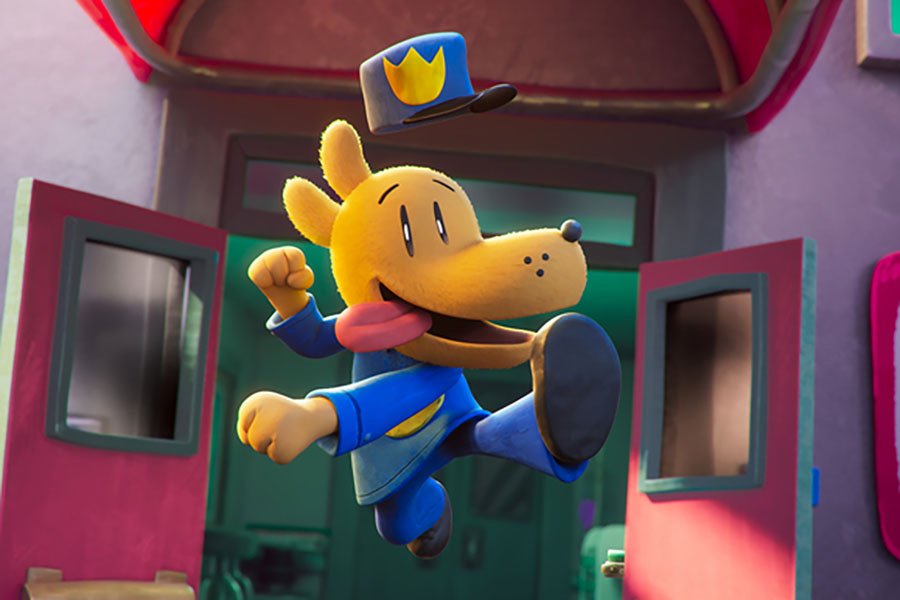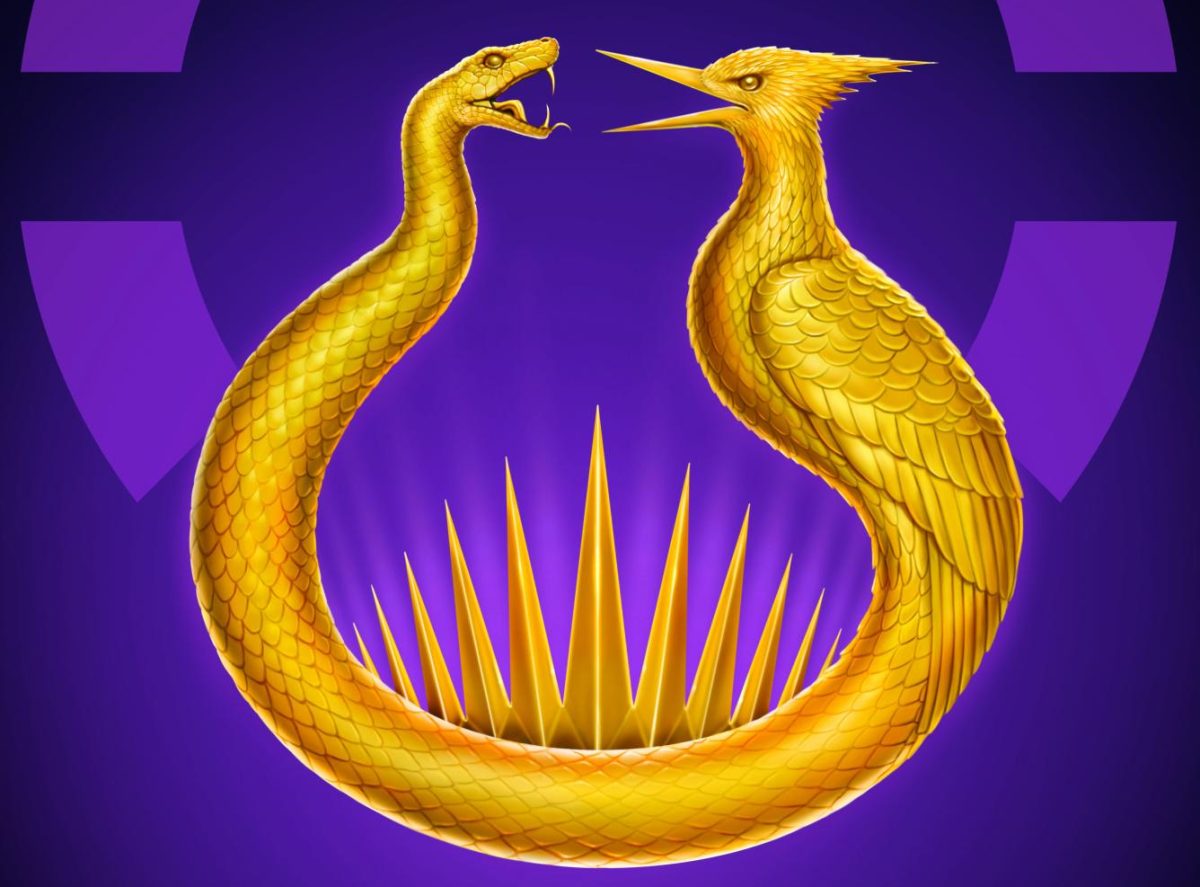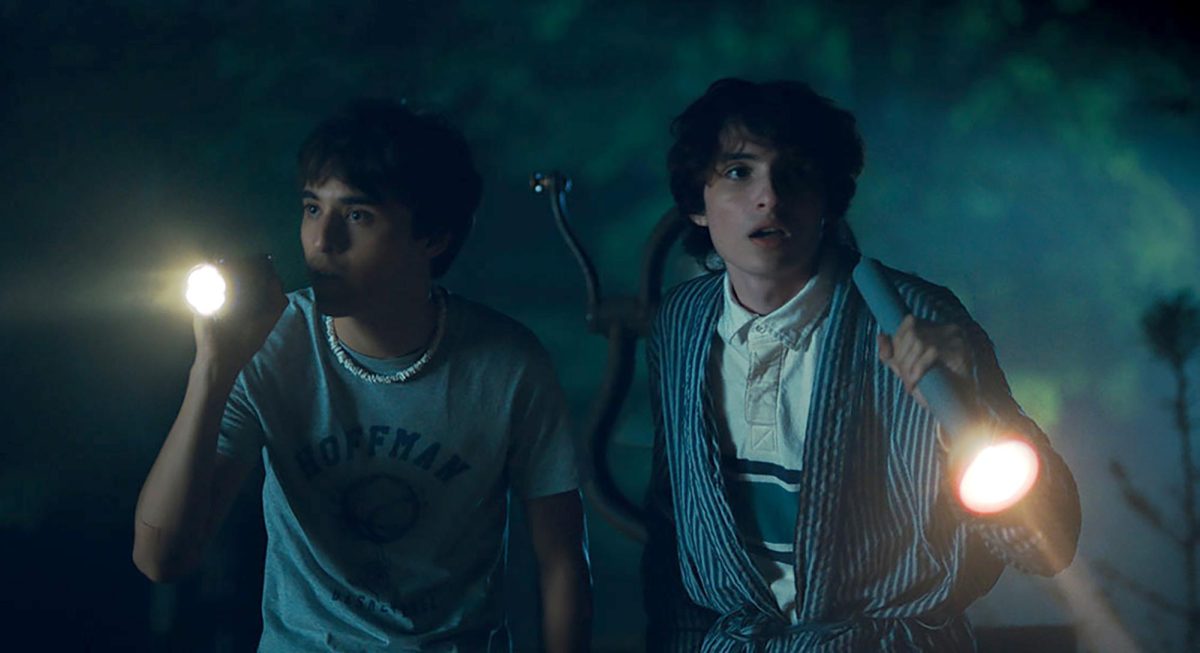A vile monster. A lovable band of children. A grand conspiracy. A soundtrack worthy of John Carpenter. This is Netflix’s “Stranger Things”: the ’80s homage that still dominates conversation nearly two months after its release. Season two has already been greenlit, and fans are clamoring to know more about the fates of Mike (Finn Wolfhard), Dustin (Gaten Matarazzo), Lucas (Caleb McLaughlin), Will (Noah Schnapp) and Eleven (Millie Bobby Brown). The strong characters in “Stranger Things” prove to be its greatest strength, leaving viewers disappointed that it fails to introduce any meaningful plot twists to the old sci-fi horror formula. However, “Stranger Things” is a wild ride, full of mystique, suspense and most impressive of all — intoxicating charm.
Stephen King readers are familiar with nearly all of the “Stranger Things” story beats. The eight-episode run serves as an amalgamation of “It” and “Firestarter” with a dash of “Stand By Me” thrown in for good measure. That is the risk of homage; often, new ideas are sacrificed to pay respect to what came before. The show is a heightened version of an old trope, a polished monster mystery that has assimilated and rehashed its influences. It isn’t to say that the show’s various twists and turns are spoiled. Every time a grand truth is revealed, it still packs a dramatic punch — but it doesn’t defy expectation. That said, there are several moments where “Stranger Things” succeeds in bringing a new layer to a familiar idea, and in doing so, flips some of horror’s oldest tropes on their heads, but these moments are few and far between.
From the first moment the audience is introduced to the younger segment of the cast, as the characters play a prophetic game of Dungeons and Dragons, the history between the four friends is apparent. Child acting is often hit or miss, so to have a show that centers around a charismatic group of preteens is a risk. Fortunately, the five lead characters exude charisma in ample doses. However, not every moment of their adventure is smooth sailing. There are moments of doubt and fear that are honest and heartbreaking. As bold and clever as these the characters are, they are still children — bringing the pettiness and irrational behavior of youth to the screen.
Though Joyce Byers (Winona Ryder), Jonathan Byers (Charlie Heaton), Jim Hopper (David Harbour) and Nancy Wheeler (Natalia Dyer) are not to be forgotten, they are far overshadowed by their youthful counterparts. Their purpose is to balance the jubilant energy of the “Goonies” 2.0 and to remind us of the peril darkness and danger surrounding Hawkins, Indiana, the fictional, small town where the show takes place.
One of the most impressive feats of “Stranger Things” is the balance it achieves. It is both a lighthearted romp and a dark and suspenseful journey into the unknown. At the show’s darkest moments, the audience is placed front and center in a horror movie; the atmosphere radiates tension and style. Lights flicker down long hallways, shadows move in the corner of the screen, and an eerie ’80s-inspired soundtrack hums and thumps in the background. Moments later, a switch flips, and the show is an energy-filled adventure. Miraculously, the drastic shift in tone works well. Moments of comic relief don’t dilute the intensity of a prior scene — instead, these moments often lead the way for something even darker. “Stranger Things” has perfected a formula and refined the ’80s tween adventure, but unfortunately, it mostly fails to bring anything new to the table.
“Stranger Things” fits comfortably among the ranks of “Super 8” and “It Follows.” It is both an excellent reflection of what made ’80s cinema great and an example of what modern sci-fi television can achieve. It makes you forget that you’ve seen at least a dozen films with an identical premise. Instead, it transports you to Hawkins, Indiana, and wraps you up in the mystery of a missing boy, a menacing monster and a young girl with incredible abilities. “Stranger Things” captures what few television shows today can: fun.
[acf field=”code1″]


